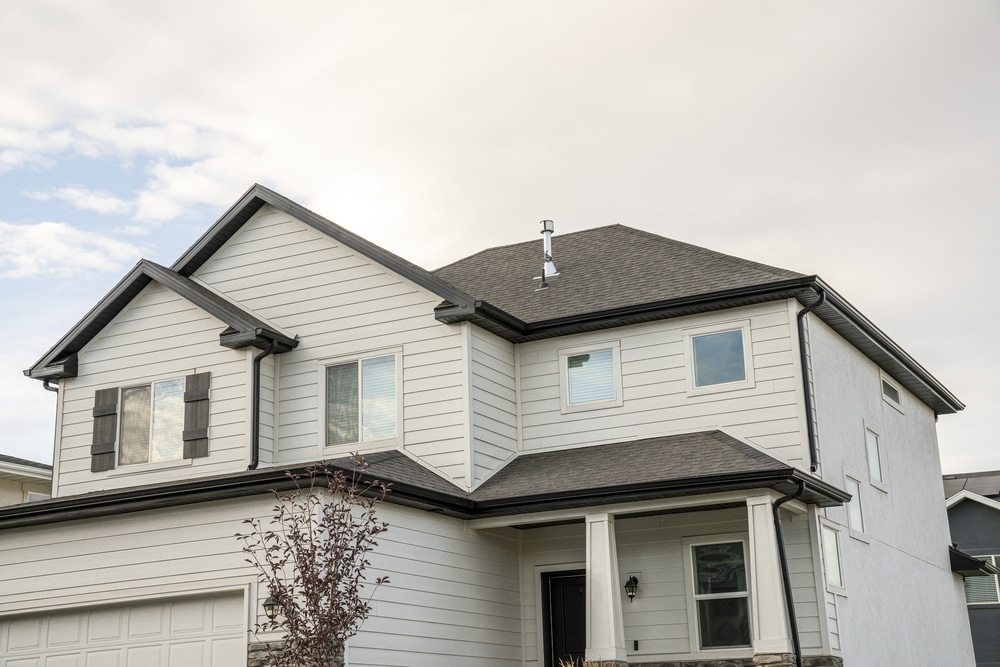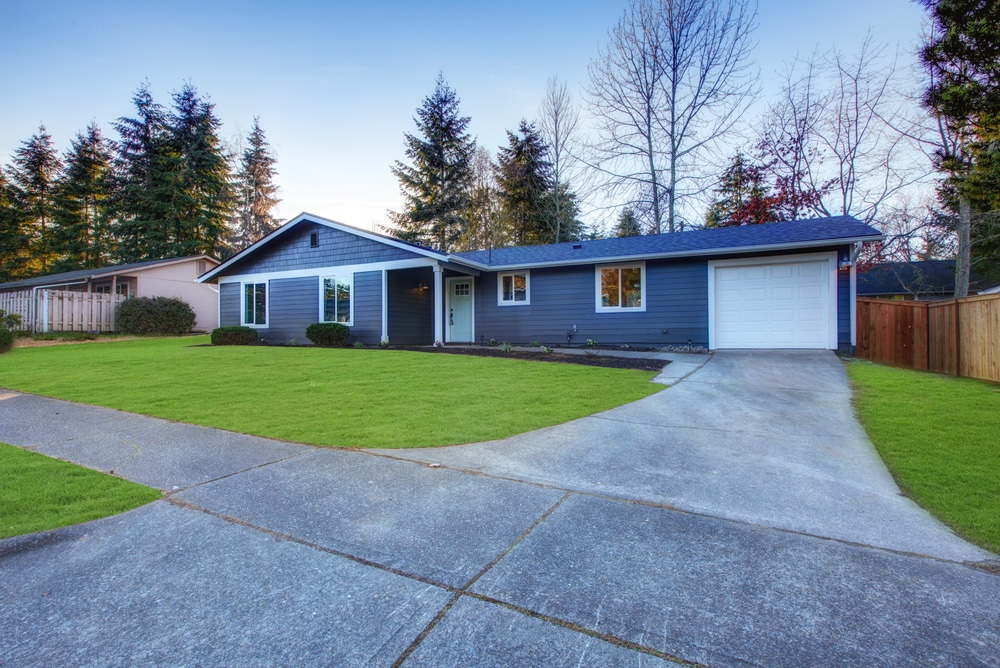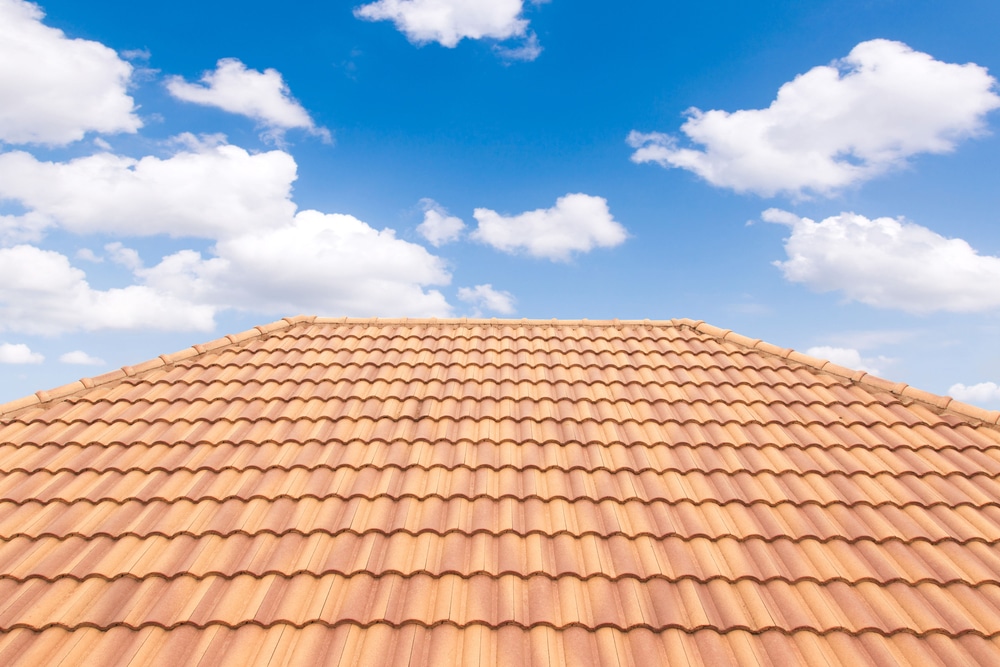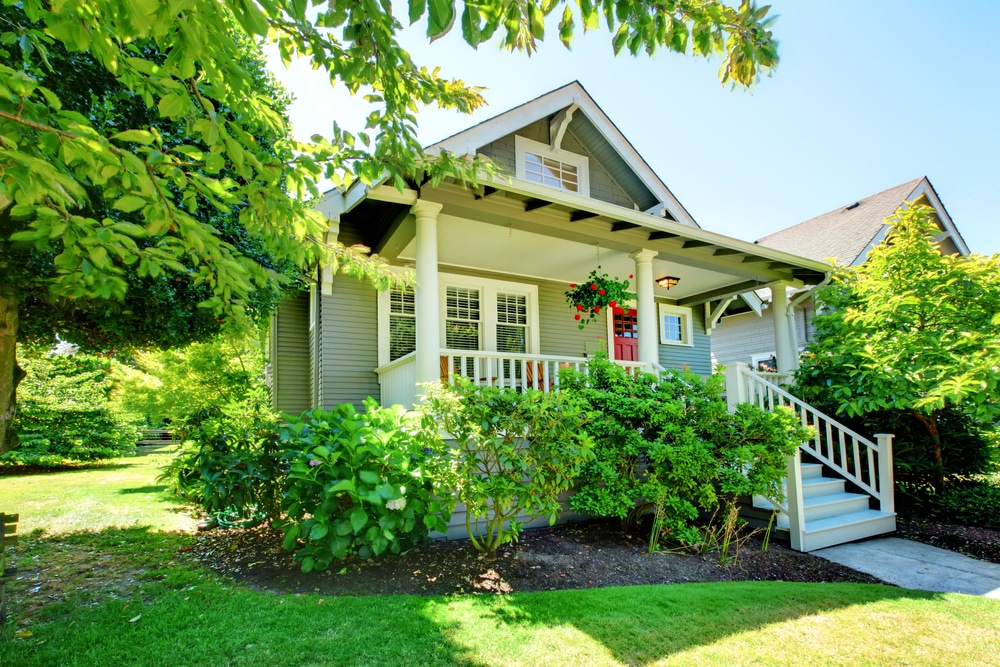Your roof is your home’s ultimate shield against the elements, protecting you from harsh weather, water damage, and energy loss. Over time, even the most durable roofs will show signs of wear and tear, and knowing when to act can make all the difference. By working with a trusted roofing contractor, you can ensure timely repairs or a complete roof replacement that safeguards your home and investment.
Recognizing the warning signs early can save you from costly damage and give you peace of mind. Regularly inspecting your roof is crucial to catch issues early and prolong its lifespan. Here’s how to identify the need for a roof replacement and plan effectively.
Signs It’s Time for Roof Replacement
Every roof has a shelf life, and it is essential to know when it’s nearing the end. Here’s what to look for:
Age of Your Roof
Asphalt shingle roofs typically last 15–20 years, while tile roofs can endure 50 years or more. If your roof is older than its expected lifespan, it’s time to evaluate its condition. Even if it seems intact, aging materials can become brittle and less effective, leaving your home vulnerable to leaks and damage. A professional inspection can confirm whether a replacement is necessary or if repairs are sufficient.
Visible Wear and Tear
Signs like curling or missing shingles, granules collecting in your gutters, and leaks during rainstorms are indicators that your roof’s protective barrier is failing. These visible signs are often symptoms of more profound damage to the underlayment or decking beneath the shingles. Delaying repairs allows minor issues to snowball into structural problems that affect the entire home.
Water Damage
Stains or discoloration on ceilings, visible water damage, mold, and mildew are telltale signs of leaks. Addressing a roof leak promptly is essential to prevent further damage to appliances, furniture, and structural components. These issues often indicate that water has already penetrated your roof’s surface, potentially damaging insulation and structural components. Left unchecked, water damage can lead to rot, compromise your home’s safety, and dramatically increase repair costs.
High Energy Bills
If your heating or cooling costs have unexpectedly increased, your roof may be the culprit. Poor insulation or ventilation can trap heat during summer or let warmth escape in winter, overworking your HVAC system. A well-maintained roof helps regulate indoor temperatures, saving you money on energy bills and creating a more comfortable living environment.
Cracked or Peeling Paint
Moisture seeping in from a damaged roof can cause interior walls or ceilings to crack, peel, or bubble. This is more than just an aesthetic problem—it signifies deeper issues. When paint begins to deteriorate, it often means moisture has penetrated multiple layers of your home’s structure, signaling that repairs are urgently needed.
Damaged Flashing
Flashing seals critical areas, like chimneys and vents. When it’s loose or corroded, it compromises your roof’s watertightness, leading to leaks and structural damage. Since flashing is often located in high-risk areas, even minor damage can create pathways for water to seep in, potentially undermining the integrity of your entire roof.
Pest Infestations
Rodents, birds, or insects nesting on your roof can exploit weaknesses. Pests often gain access through damaged shingles, loose flashing, or small gaps, worsening the damage to your roof. If you hear scurrying noises or notice droppings, nesting materials, or chewed wood, it’s time to address both the pest problem and the underlying roof damage that allowed them inside.
Roof Inspection and Maintenance
Regular inspections and proper maintenance can delay the need for a roof replacement. inspections can help determine if you need to replace your roof sooner. Here’s how to stay proactive:
Schedule regular inspections. Ideally, your roof should be inspected every 3–5 years, depending on your roofing material and local climate. Inspections may need to happen more often if you live in an area with heavy snow, rain, or strong winds. Getting a professional to inspect your roof ensures any hidden issues are caught before they turn into costly repairs.
Have a roof inspection checklist. When you’re checking your roof, a checklist can make it easier to spot potential problems. Start with your gutters and downspouts—are they clogged or sagging? Then, look at the flashing and seals around vents, chimneys, and skylights to see if they’re loose or corroded. Check for curling, cracked, or missing shingles, and don’t forget to look for sagging or rotting in the roof decking. Taking care of these trouble spots early can save you from bigger issues later.
Routine maintenance is your roof’s best friend. Clearing out leaves and debris, sealing small leaks, and ensuring water flows appropriately off the roof can make a big difference. Skipping these simple steps might lead to water damage or even structural rot, which can be a considerable expense. A little maintenance goes a long way in keeping your roof (and your wallet) in good shape.
Consider the value of professional roofers over DIY projects. While handling some of this independently is easy, professional inspections are key for spotting the less obvious problems. You might not notice moisture trapped under shingles or subtle signs of deterioration, but a roofing contractor will. Combining your own regular maintenance with professional check-ups is the best way to keep your roof in excellent condition and avoid surprises. Here are additional reasons not to attempt roofing repair independently.
Choosing the Right Roofing Material
Picking the right roofing material is a big decision. It must fit your budget, look good on your home, and hold up against the weather in your area. Here’s a breakdown of some popular options to help you decide:
Asphalt Shingles
Asphalt shingles are your go-to if you’re looking for a budget-friendly and reliable option. They’re the most widely used roofing material because they’re affordable, durable, and come in various colors and styles to match any home. Most asphalt shingles last 15–30 years, depending on the quality and maintenance. The average cost of replacing an asphalt roof is relatively low, and regular inspections are recommended to ensure longevity. They’re also relatively easy to install and repair, which keeps costs down in the long run. However, they may not hold up well in areas with extreme weather conditions.
Tile Roofs
Tile roofs are all about longevity and style. Whether you choose clay or concrete tiles, they can last decades with proper care. Tiles can last between 50 to 100 years but may require replacements for individual cracked or missing tiles. They’re especially popular in hot climates because they reflect heat well, keeping your home cooler. Their classic, Mediterranean-inspired look can boost your home’s curb appeal. On the downside, tiles are heavy and may require additional structural support, so you’ll want to check with a roofing expert before committing to this option.
Metal Roofs
Metal roofs are an excellent choice if you want something modern, durable, and eco-friendly. They’re incredibly tough, often lasting 40–70 years, and they can handle just about any weather, from snow to hail to strong winds. Metal roofs are also energy-efficient because they reflect sunlight, helping you save on cooling costs in the summer. While the upfront cost can be higher than asphalt shingles, the long lifespan and minimal maintenance make it an excellent long-term investment.
Slate Roofs
For a truly timeless and luxurious option, slate is hard to beat. It’s one of the most durable roofing materials, often lasting over 100 years if properly maintained. Slate is also fireproof, weather-resistant, and incredibly elegant, giving your home a high-end appearance. However, it’s one of the priciest options and requires specialized installation. Its weight can also be a concern, so you must ensure your home’s structure can support it.
When choosing a roofing material, think about how it performs in your local climate, how much you’re willing to spend, and how it complements your home’s overall style. Consulting with a roofing professional can help you weigh the pros and cons of each option, making it easier to find the perfect fit for your home.
Planning and Budgeting for a New Roof
Replacing your roof is one of the biggest investments in your home, but careful planning can make the process less stressful. By understanding the costs, factors that influence pricing, and how to budget wisely, you’ll be better prepared to handle this huge project. Here’s how to navigate it:
Average the Total Costs
Roof replacement costs can vary widely depending on the material you choose and the size of your home. For example, an asphalt shingle roof typically costs around $12,000, but materials like slate or metal can push the cost much higher. Remember that labor, geographic location, and the scope of the work will also affect your final price tag. Hiring a reputable contractor for roof installation is crucial, as it can improve energy efficiency and prevent issues that lead to higher utility bills.
Identify the Factors Influencing the Price
The complexity of your roof design can significantly impact costs. Features like steep slopes, multiple peaks, or intricate architectural elements require more installation time and skill, increasing labor expenses. Additionally, if your roof requires structural repairs or additional reinforcement, that will add to the overall cost.
Budget Wisely
Start planning as early as possible to avoid financial surprises. Research financing options, such as payment plans or home improvement loans, to spread out the expense if needed. Prioritize your needs, focusing on quality materials and skilled labor rather than cutting corners to save a few dollars.
Get Multiple Quotes
Don’t settle for the first estimate you receive. Reach out to at least three reputable roofing contractors and compare their prices, services, and warranties. This helps you gauge the market rate and ensures you’re getting the best value for your investment.
Financing Options for Your Roof Replacement
As mentioned, replacing a roof can be a significant expense, but financing options are available to help homeowners cover the cost. Some options include:
- Home equity loans
- Personal loans
- Credit cards
- Financing through a roofing contractor
- Government incentives for energy-efficient roofs
Researching and comparing different financing options is essential to find the best one for your needs and budget. At Roof Top Services of Central Orlando, we provide guidance on financing options and help you find the best solution for your roof replacement needs.
Avoiding Common Mistakes
Replacing your roof is a big project, so even minor missteps can lead to costly problems. Many homeowners unknowingly make errors that compromise the quality and longevity of their roofs. Here are common mistakes to avoid so you can make the best decisions for your home:
- Choosing Cheap Labor and Materials: Opting for the lowest bid might seem clever, but poor craftsmanship and subpar materials often result in repairs or replacements much sooner than expected. Investing in quality now will save you money in the long run.
- Skipping Inspections: Neglecting a thorough inspection can leave critical issues like hidden leaks or rotting decking unnoticed. These minor signs of a roof replacement can worsen over time, leading to more expensive repairs later.
- Falling for “Storm Chasers”: These unlicensed contractors often appear after storms, offering fast, cheap fixes. Without credentials or warranties, their work is often unreliable, leaving you vulnerable to further damage.
- Neglecting to Vet Contractors: Hiring unqualified contractors can lead to shoddy workmanship and poor results. Always choose licensed professionals with verified reviews, proper insurance, and a proven track record of quality work.
Avoiding these common pitfalls ensures your roof replacement is handled with care, professionalism, and long-lasting results.
The Roof Replacement Process
Replacing your roof might feel overwhelming, but understanding the process can help you feel more in control. Knowing what to expect at each stage will ease your stress and ensure the job is done right. Here’s a breakdown of the key steps involved in a roof replacement:
- Pre-Installation: The first step is removing your old roof and inspecting the decking underneath for signs of damage. Deciding whether to opt for a complete roof replacement or simply perform repairs is crucial at this stage. Any necessary repairs or reinforcements are completed to provide a solid foundation for your new roof.
- Installation: Roofers will install underlayment and your chosen roofing materials—shingles, tiles, or metal—while strictly following manufacturer guidelines and local building codes. Proper installation is critical for ensuring your roof’s durability and weather resistance.
- Post-Installation: A thorough inspection ensures everything is completed to standard after the work is done. This is also when your contractor provides warranty information and tips for maintaining your roof to extend its lifespan.
- Communication Is Key: Stay in close communication with your contractor throughout the process. Clear expectations, regular updates, and promptly addressing questions can prevent misunderstandings and ensure a smooth project.
Protect Your Home with Roof Top Services of Central Florida
Your roof works hard to protect your home, and we’re here to help keep it that way. At Roof Top Services of Central Florida, we offer honest advice, thorough assessments, and solutions that fit your needs. Whether it’s a repair or a complete replacement, you can count on us to handle your roof with care and expertise. Give us a call today to get started—your home deserves it.





